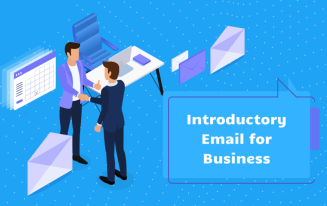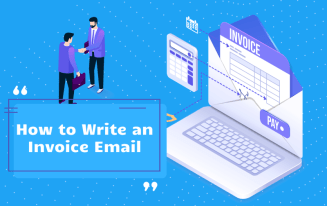How to write a follow-up email
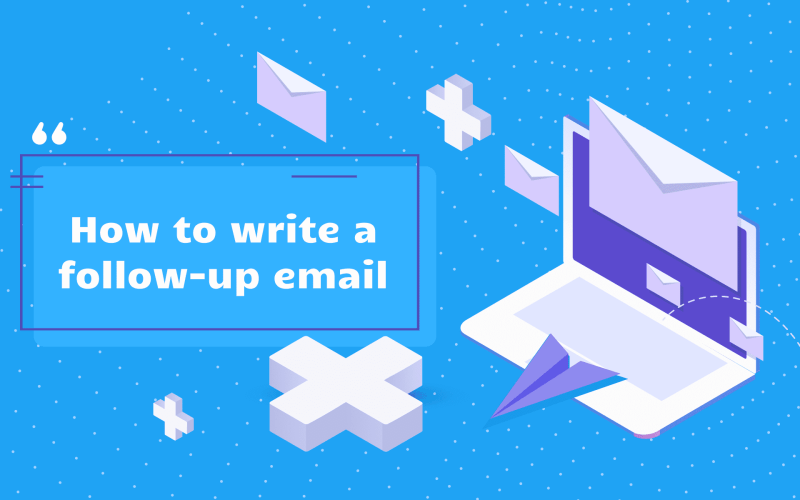
Follow-up emails are a crucial part of many professional exchanges, whether you're reminding a potential employer that you're the perfect fit for a job, nudging a client to close a deal, or simply confirming details after a meeting. However, the way you execute your follow-up email can make or break your ability to get what you need. In this article, we’ll cover how to write a follow up email that gets you the results you desire, plus provide helpful templates and info about a powerful AI email writing tool.

Employ the full range of AI advantages with AImReply and express your thoughts faultlessly in every email.
Table of Content
Why Should You Write a Follow-Up Email?
In a digital world where we’re constantly flooded with communication, the importance of sending a well-crafted follow-up email cannot be overstated. Confused about when you should send a follow-up email and why? Let’s go over the biggest benefits.
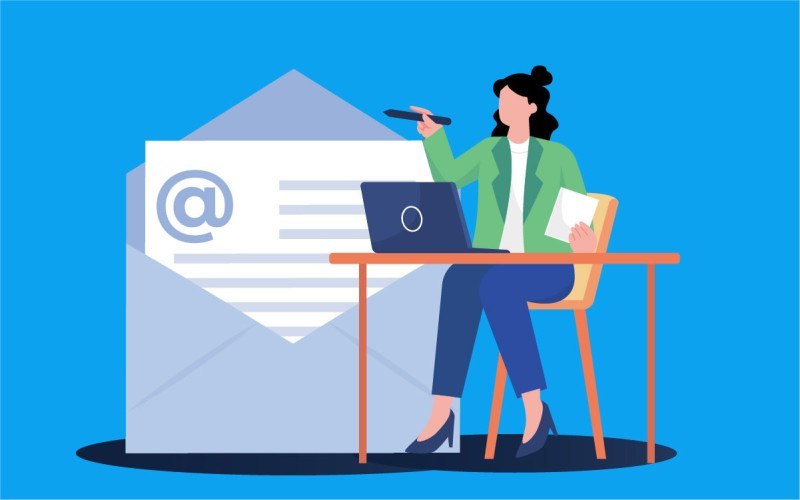
Gently Reminding
The simple act of sending a follow-up email helps keep you fresh in someone's mind. Whether it's a possible employer, client, or coworker, a well-timed follow-up can reiterate your interest and enthusiasm, making you stand out among those who did not take this extra step.
Achieve Clarity
Interviews, meetings, and sales pitches often involve the exchange of a ton of information, so it’s natural that their conclusion can sometimes leave people with differing understandings of what was discussed. A follow-up email can serve as a way to go over key points and outline next steps, ensuring everyone is on the same page.
Gain Feedback
Sending a follow-up email opens the door for feedback, something you may need to better achieve your objective. For example, if you've completed a job interview, a follow-up email can provide a discreet way to inquire about your application status and even get valuable feedback if you aren't chosen for the position.
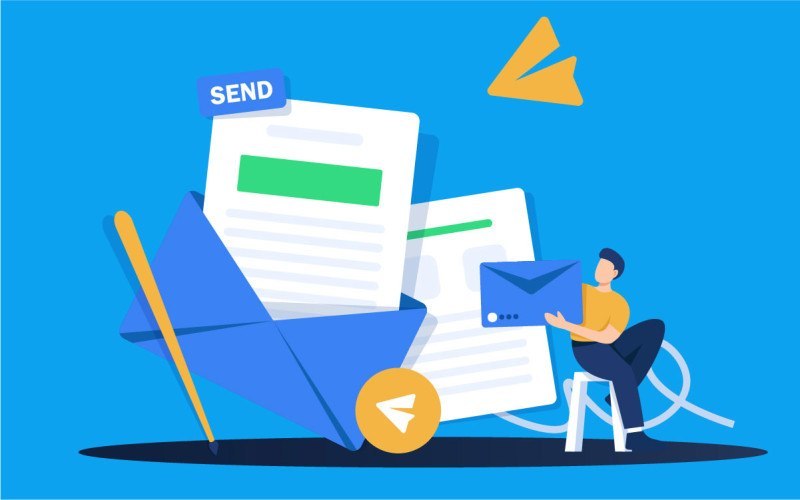
Drive Action
A good follow-up email can often serve as the nudge that someone needs to take further action. Whether you need someone to schedule another meeting, sign a contract, or proceed with a job offer, follow-ups can serve as a call to action that encourages recipients to make a move.
Maintain Relationships
A follow-up email can serve as a point of contact that fosters a positive relationship with another person. Over time, these simple messages can go a long way in building trust and a long-term relationship that can benefit you in countless ways.
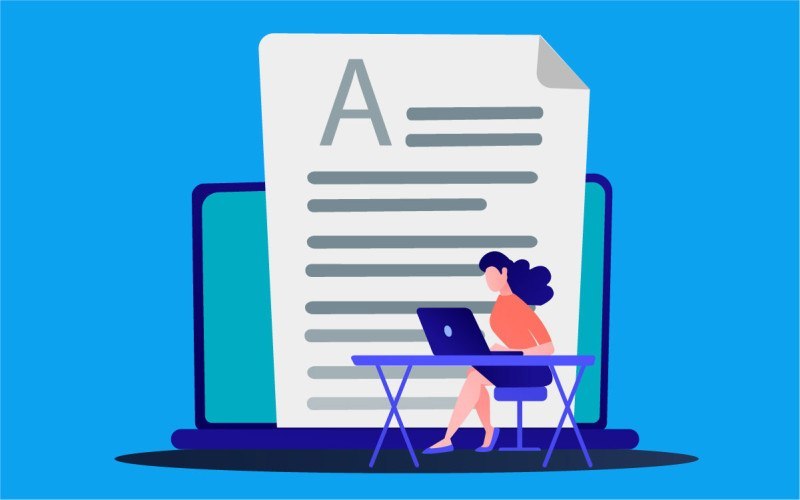
Common Mistakes When Sending Follow-Up Emails
In order to ensure you get the results you want when sending a follow-up email, be sure to avoid these tricky pitfalls that can derail your plans.
Bad Timing
One of the biggest mistakes you can make is to send a follow-up email too soon or too late. If you send it too soon, you risk coming off as too eager or even desperate, which could push the recipient away. On the other hand, if you wait too long, you might miss a crucial window of opportunity or the recipient may have forgotten the context of the original exchange.
What You Should Do Instead: Always gauge the situation and aim to find balance. After a job interview, for example, waiting 24 to 48 hours is considered appropriate. For payment reminders, you may want to allow a few days after the due date before nudging. Always keep in mind the urgency and nature of your relationship with the recipient when deciding the appropriate time to send a reminder.
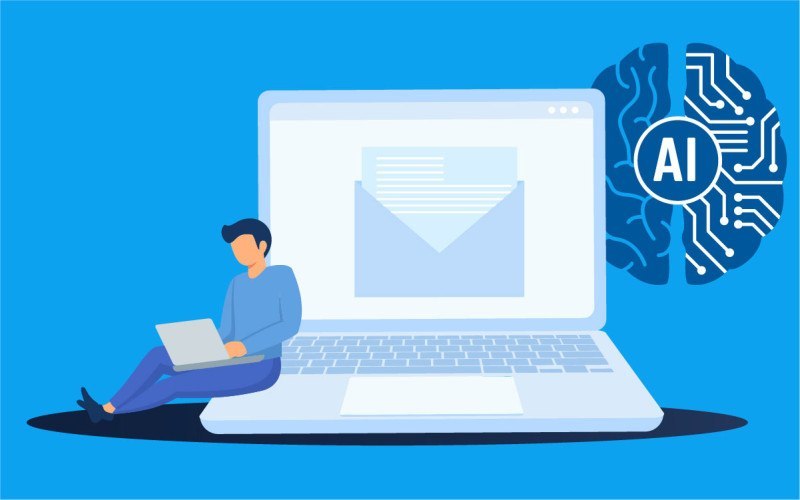
Lack of Clarity
A vague or unclear follow-up email serves no one. If the recipient has to sift through paragraphs of text to understand the purpose of the message, you've already lost half the battle. This is common in sales follow-ups, where the point can sometimes get buried under jargon or excessive politeness.
What You Should Do Instead: Get straight to the point so as not to waste anyone’s time. State your objective clearly in the first few lines of the email, and let the recipient know what action you need them to take.
Impersonalization
Whether it's a job application or a sales call, people want to feel like they’re more than just a number. Copying template emails with generic language and failing to add a personal touch will make the recipient less likely to engage.
What You Should Do Instead: Personalize your emails by mentioning specifics from your previous interaction — this shows attentiveness and effort on your part. For instance, you can say: "I enjoyed our discussion about [Topic] during the interview" or "I noticed your company is expanding into [Industry], which aligns perfectly with our services."
Being Too Pushy
The line between persistence and annoyance can be very thin. If your follow-up email reads like a hard sell or places too much pressure on the recipient, it could be counterproductive.
What You Should Do Instead: Be courteous and respectful of the other person’s time and decisions. Instead of saying, "I must hear from you by tomorrow," try: "I look forward to your response at your earliest convenience."
Forgetting a Call to Action
If you want your follow-up email to be effective, it must include a clear call-to-action that guides the recipient on what to do next. Failure to include a call to action can leave someone wondering what to do next, which can stall the process you're trying to expedite.
What You Should Do Instead: Always include a simple and clear call to action, whether it’s "Please confirm your availability for a follow-up call" or "Let me know how you'd like to proceed."
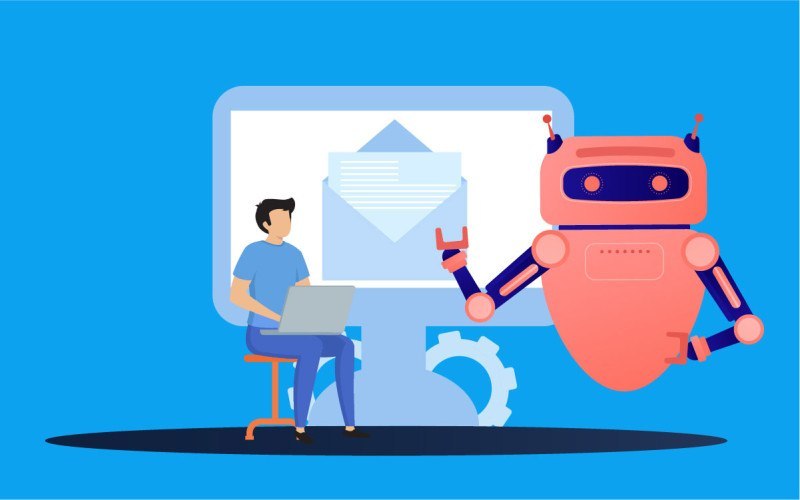
Tips for Writing An Effective Follow-Up Email
While avoiding mistakes is critical for sending an effective follow-up email, there are additional strategies you can employ to make your email truly stand out and serve its purpose. Here are some tips for elevating your follow-up email game.
Use Subject Line Wisely
The subject line is the first thing the recipient sees, and it often determines whether the email gets opened at all. Make it specific and relevant to the conversation you've had or the purpose of the follow-up. For example, “Follow-up: Discussing Q4 Marketing Strategies” is more compelling than a vague "Checking In."
Keep Your Message Short and Sweet
We are all swamped with emails, so a long-winded follow-up can quickly become a nuisance. Stick to the important points when writing a follow-up email, and make it as easy as possible for the recipient to understand what the email is about and what is expected of them.
Use Bullets or Lists for Clarity
If you have multiple points or questions, bullet points or numbered lists can make your email easier to digest. This format can help the recipient quickly grasp the most important elements. Do this when summarizing a meeting or outlining next steps.
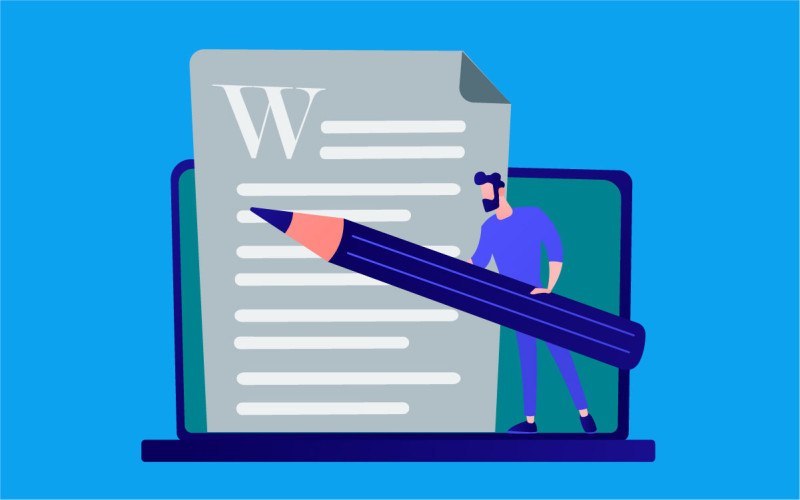
Attach What’s Needed
When you make life easier for the recipient of your follow-up email, they’ll respond quicker and with the details you need. One way to do this is to always include or attach the articles, documents, or websites they’ll need to access.
Sign Off Professionally
Your closing statement and signature offer one final chance to leave a positive impression. Use polite and professional language, and include any other ways the recipient can reach you, like a social media profile or a phone number.
Check Carefully Before Sending
Before hitting the send button, take a moment to review your email for grammatical errors, typos, and other incorrect details (like names or dates). Errors can detract from the impact of your message.
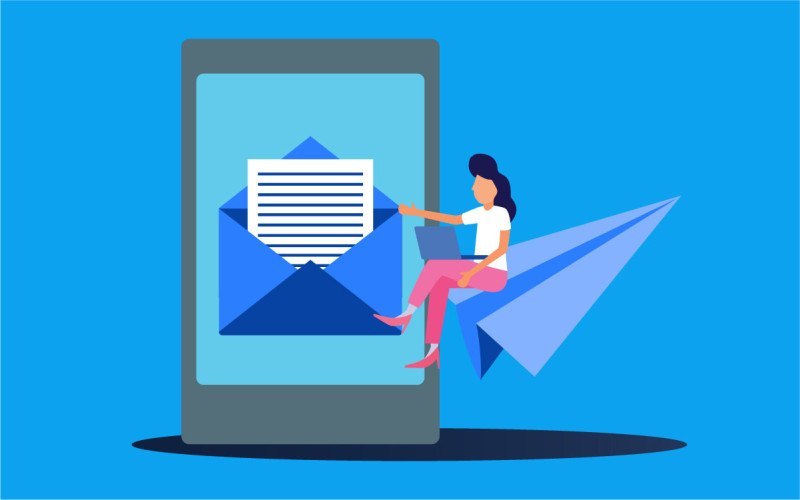
Sample Follow-Up Email Templates
Below you’ll find some sample follow-up email templates. These are a good starting point for a variety of follow-up messages that you may need to send. Remember to always customize them as needed so they make the biggest impact and get you the information that you need.
Referencing a specific part of the interview can jog the interviewer's memory and show your attentiveness and enthusiasm about the position.
Dear [Interviewer's Name],
I wanted to extend my sincere gratitude for the opportunity to interview for the [Job Position] role. I enjoyed our discussion about [Specific Topic] and am enthusiastic about the prospect of contributing to [Company's Name].
Please let me know if there are any additional steps I can take in the application process. I am looking forward to your response.
Best regards,
[Your Name]

Be explicit about the benefit your service or product provides. It serves as a compelling reason for the recipient to take action.
Hi [Recipient’s Name],
It was a pleasure speaking with you about how [Your Product/Service] can benefit [Their Company]. I know you're busy, so I'll keep this brief: Based on our conversation, I believe we can help you with [Specific Product/Service].
Would you be available for a quick call to discuss this further? Looking forward to your reply.
Best regards,
[Your Name]
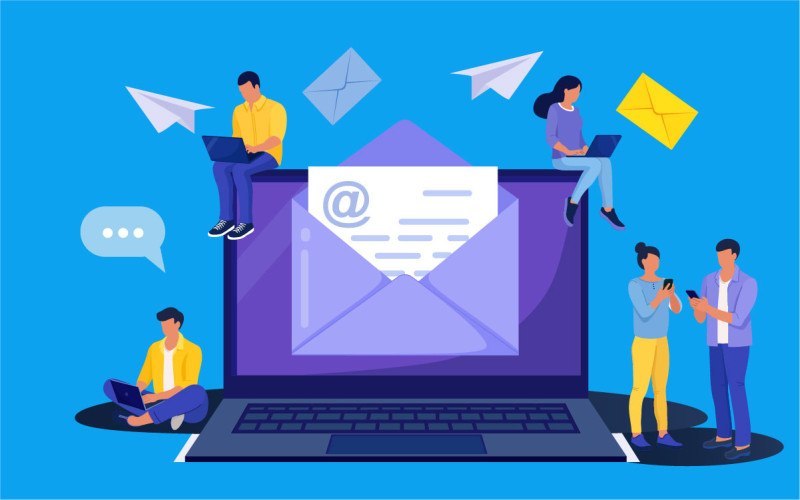
Confirm the next steps from both ends. This ensures everyone is aligned and knows what to expect.
Hello [Recipient's Name],
Thank you for meeting with me on [Date]. As discussed, I will complete the following: [Next Steps].
Could you please confirm your timeline for [Their Next Steps]? This will help us coordinate more efficiently.
Best,
[Your Name]

Always be polite and offer some flexibility if possible, such as asking if they need an extension. This maintains a positive relationship while still being firm on needing payment.
Dear [Recipient's Name],
I hope this message finds you well. This is a friendly reminder that Invoice [Number] is due on [Date]. Please let us know if there are any issues or if you need an extension.
Thank you for your prompt attention to this matter.
Best,
[Your Name]

Mention something specific from your initial conversation. It not only helps the person remember you but also sets the stage for a deeper, more meaningful relationship.
Hi [Recipient’s Name],
It was a pleasure meeting you at [Event]. I was particularly intrigued by your insight into [Specific Topic]. Would you be open to grabbing a coffee sometime to discuss this further?
Looking forward to connecting again soon.
Best,
[Your Name]
If you often find yourself writing follow-up emails, consider using a tool like AImReply to get the job done faster. An AI email writing assistant, AImReply goes beyond templates to create personalized messages that are highly effective.
With just a few details, AImReply can craft a reply or new message that incorporates all of the important details we’ve covered here. And because it adapts to your tone and brand, your customers and colleagues will have no idea about the incredible help you’re receiving.
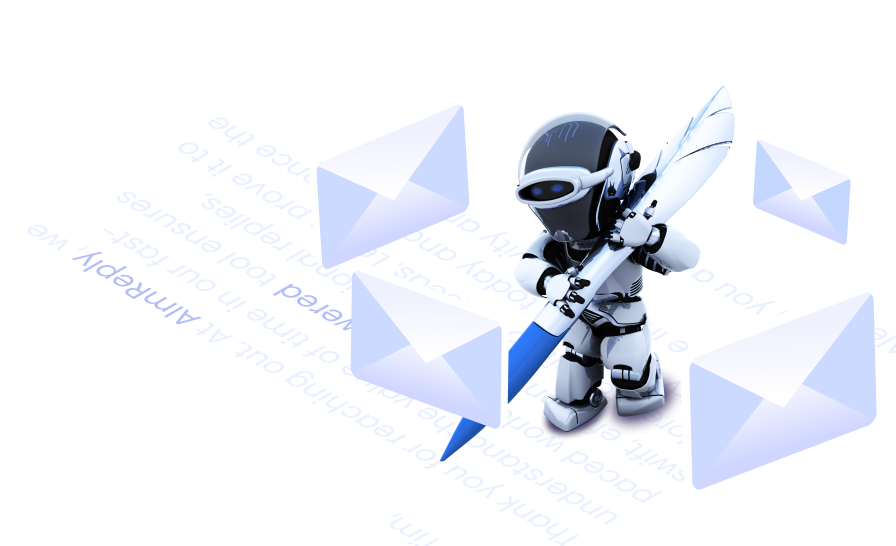
March 15, 2024
- 9 min
- 90
In the world of business, you have to be able to sell yourself. This is where it can be helpful to know how to write an introductory email for business purposes. As with any form of professional communication via email, there’s always a bit of tact when it comes to the writing.
March 25, 2024
- 10 min
- 143
Having to call in a sick day can be nerve-wracking as we want to convey the situation as clearly as possible. To avoid causing any hassle for colleagues when you’re sick, you’ll want to know how to write a sick day email for work.
March 18, 2024
- 8 min
- 130
If you want to get paid on time, you’ll want to learn how to write an invoice email for any professional situation. Although you’re owed payment for your work, being courteous and professional in your writing is important.






